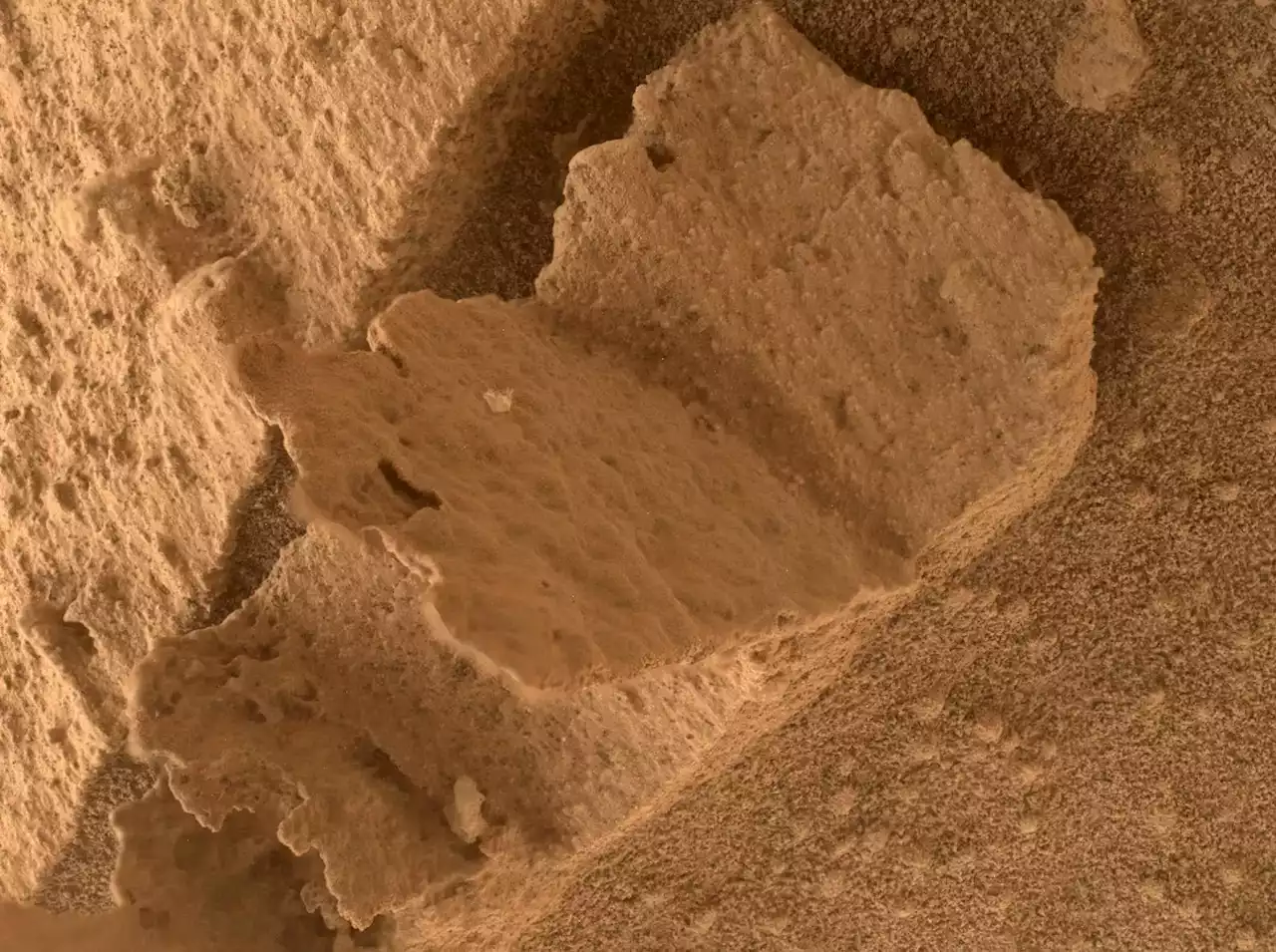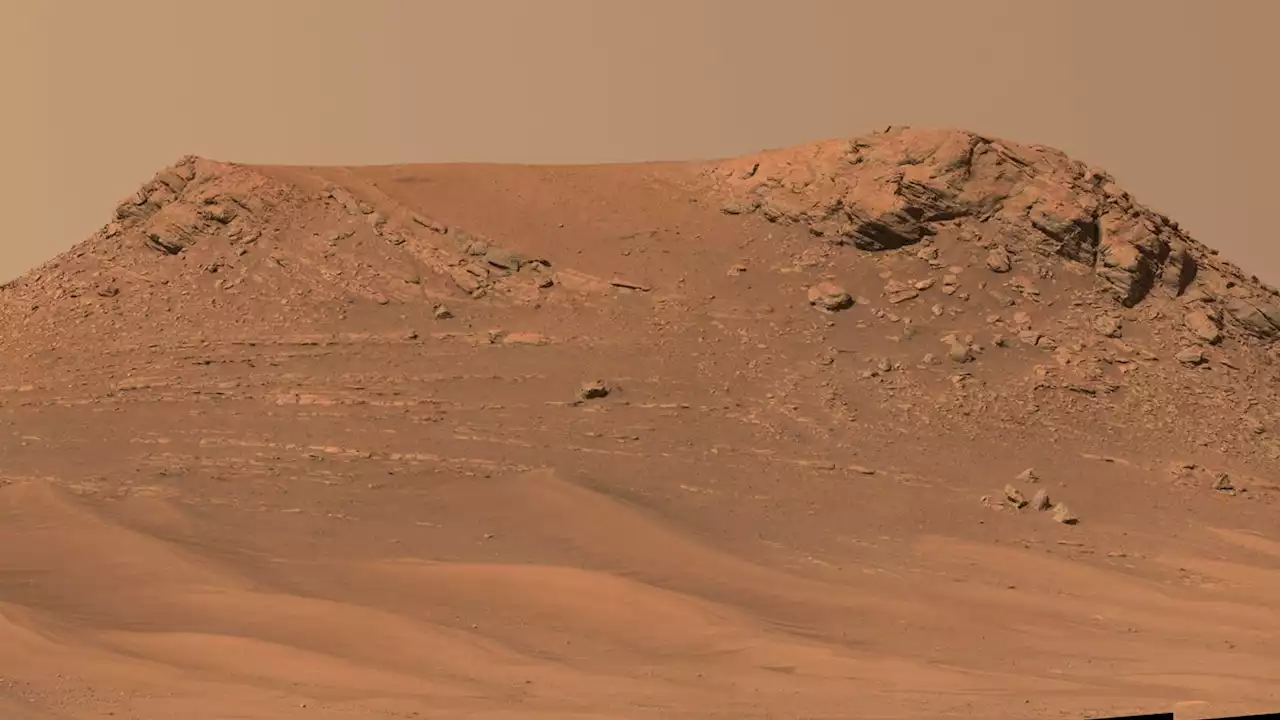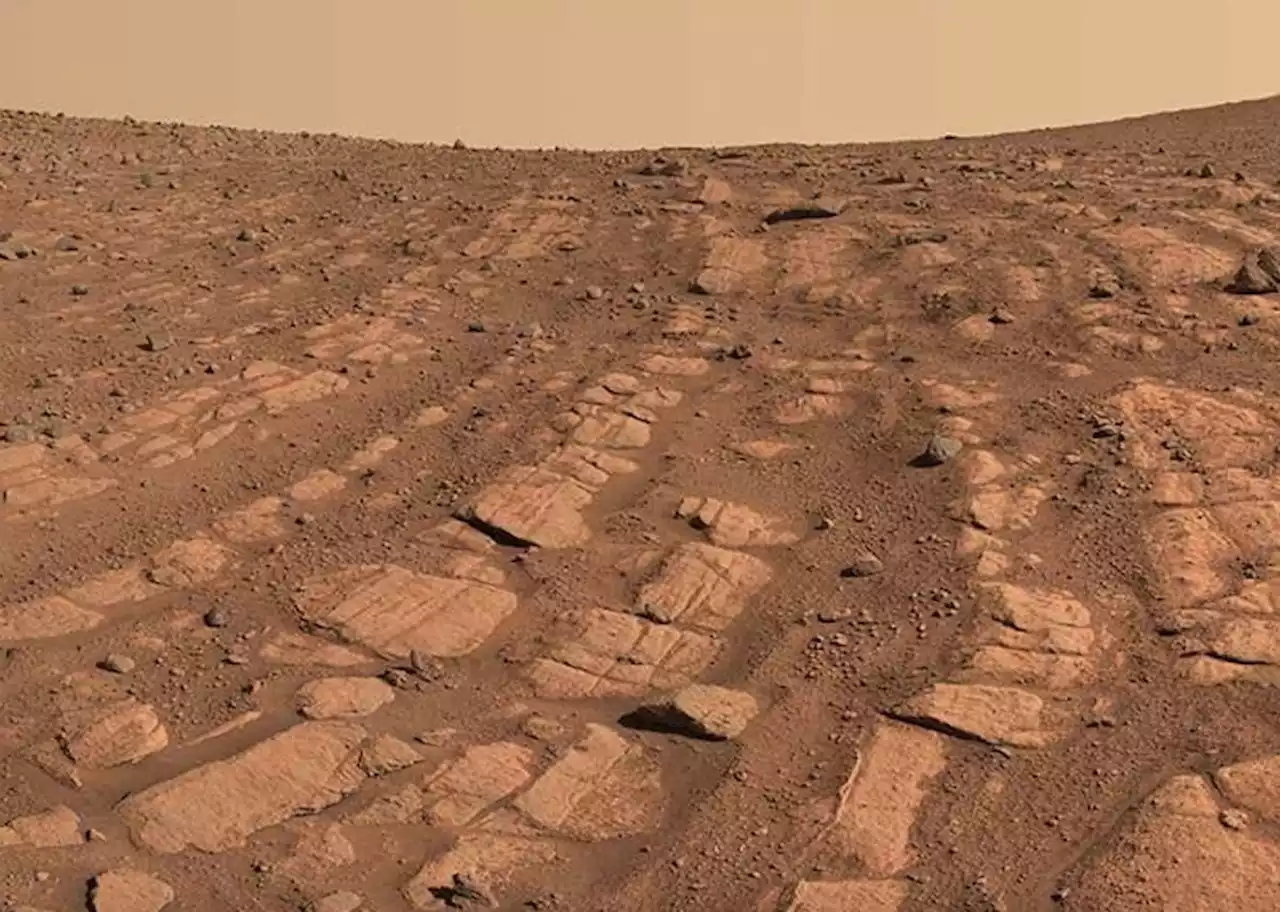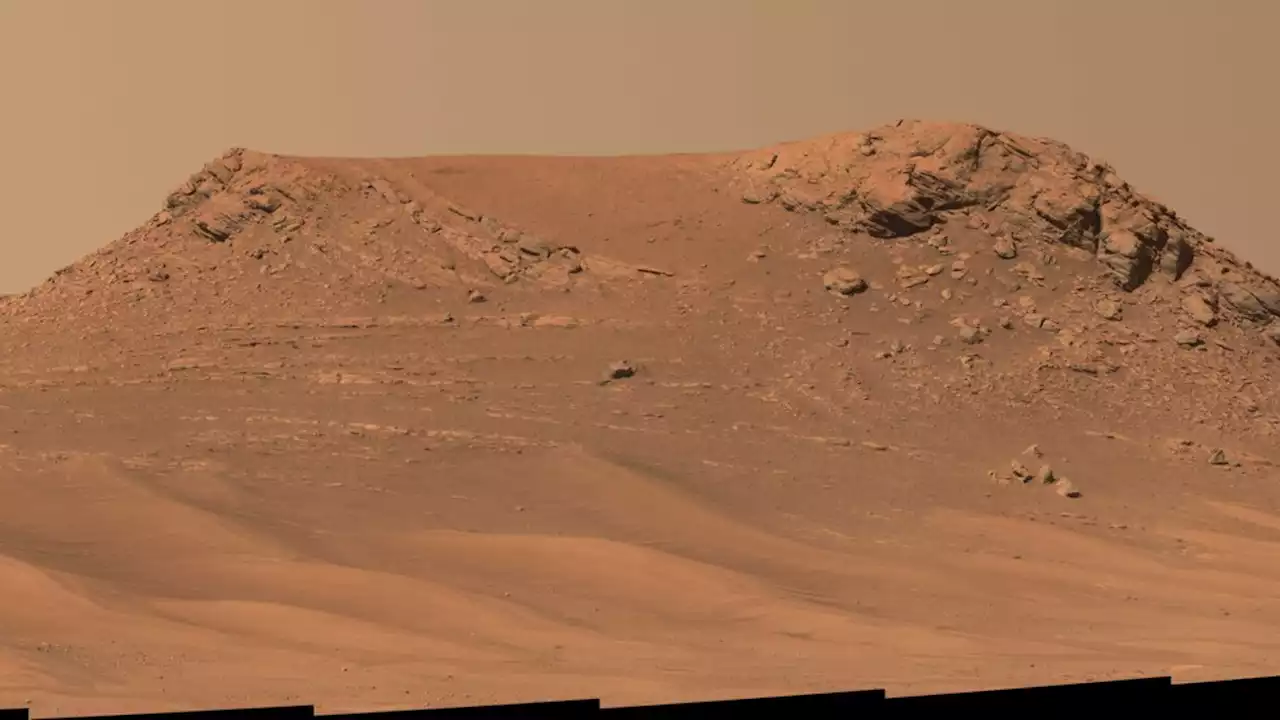What will life be like for humans living on Mars? Four researchers selected by NASA will help answer that question. They’ll be living and working in a 3D printed, 1700 square foot habitat at NASA’s Johnson Space Center that simulates living on the red planet. Lessons learned will prepare NASA for the next giant leap, sending the first astronauts to Mars.
The mission is set to begin in June and will be the first of three planned, one year Mars surface simulations.
“They will be sleeping, eating, doing regular activities that we would do here on Earth,” said Dr. Grace Douglas, NASA’s CHAPEA Principal Investigator. NASA provided Icon, an Austin based company that specializes in 3D technology, with highly specific requirements relative to the needs and wants of crew members.“You have to think about everything ranging from the day-to-day activities of the crewmembers to how they’re going to do the research and science activities over the course of their mission,” said Melodie Yashar, Icon’s Vice President of Building Design.
Malaysia Latest News, Malaysia Headlines
Similar News:You can also read news stories similar to this one that we have collected from other news sources.
 A “Novel” Discovery: NASA’s Curiosity Rover Finds a Book-Like Rock on MarsOn its 3,800th sol, NASA's Curiosity Mars rover photographed a book-like rock, 'Terra Firme,' a result of water depositing harder minerals and wind erosion shaping it over time. NASA's Curiosity Mars rover took this close-up view of a rock nicknamed 'Terra Firme' that looks like the open pages of
A “Novel” Discovery: NASA’s Curiosity Rover Finds a Book-Like Rock on MarsOn its 3,800th sol, NASA's Curiosity Mars rover photographed a book-like rock, 'Terra Firme,' a result of water depositing harder minerals and wind erosion shaping it over time. NASA's Curiosity Mars rover took this close-up view of a rock nicknamed 'Terra Firme' that looks like the open pages of
Read more »
 NASA's Perseverance Rover Spots Evidence of a Turbulent River on MarsThe river was once one of many waterways that fed into a lake in the now-dry Jezero Crater.
NASA's Perseverance Rover Spots Evidence of a Turbulent River on MarsThe river was once one of many waterways that fed into a lake in the now-dry Jezero Crater.
Read more »
 Perseverance rover spies signs of ancient raging rivers on Mars'We're thinking about rivers on a different scale than we have before.'
Perseverance rover spies signs of ancient raging rivers on Mars'We're thinking about rivers on a different scale than we have before.'
Read more »
 Sleeping will be one of the challenges for astronauts on Mars missions | CNNAstronauts have been adjusting to the challenges of sleeping in space for years, including light exposure and zero gravity. The lessons learned from their experiences could help ensure that the first crewed missions to Mars get enough rest.
Sleeping will be one of the challenges for astronauts on Mars missions | CNNAstronauts have been adjusting to the challenges of sleeping in space for years, including light exposure and zero gravity. The lessons learned from their experiences could help ensure that the first crewed missions to Mars get enough rest.
Read more »
 Perseverance: A powerful ancient river system on Mars is revealedScientists have pieced together hundreds of images captured by the Mastcam-Z instrument onboard Perseverance to create these mosaics.
Perseverance: A powerful ancient river system on Mars is revealedScientists have pieced together hundreds of images captured by the Mastcam-Z instrument onboard Perseverance to create these mosaics.
Read more »
 A Shiny, Steamy Surprise: NASA’s Webb Takes Closest Look Yet at Mysterious PlanetNASA's James Webb Space Telescope has observed a steamy, highly reflective mini-Neptune exoplanet, GJ 1214 b, using its Mid-Infrared Instrument (MIRI) to reveal details about its atmosphere. The watery atmosphere suggests that the planet formed farther from its star before spiraling inward, but more
A Shiny, Steamy Surprise: NASA’s Webb Takes Closest Look Yet at Mysterious PlanetNASA's James Webb Space Telescope has observed a steamy, highly reflective mini-Neptune exoplanet, GJ 1214 b, using its Mid-Infrared Instrument (MIRI) to reveal details about its atmosphere. The watery atmosphere suggests that the planet formed farther from its star before spiraling inward, but more
Read more »
